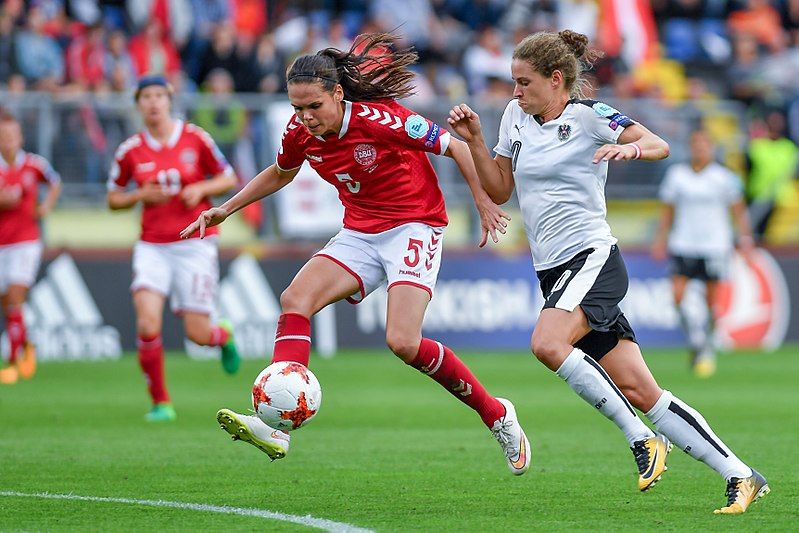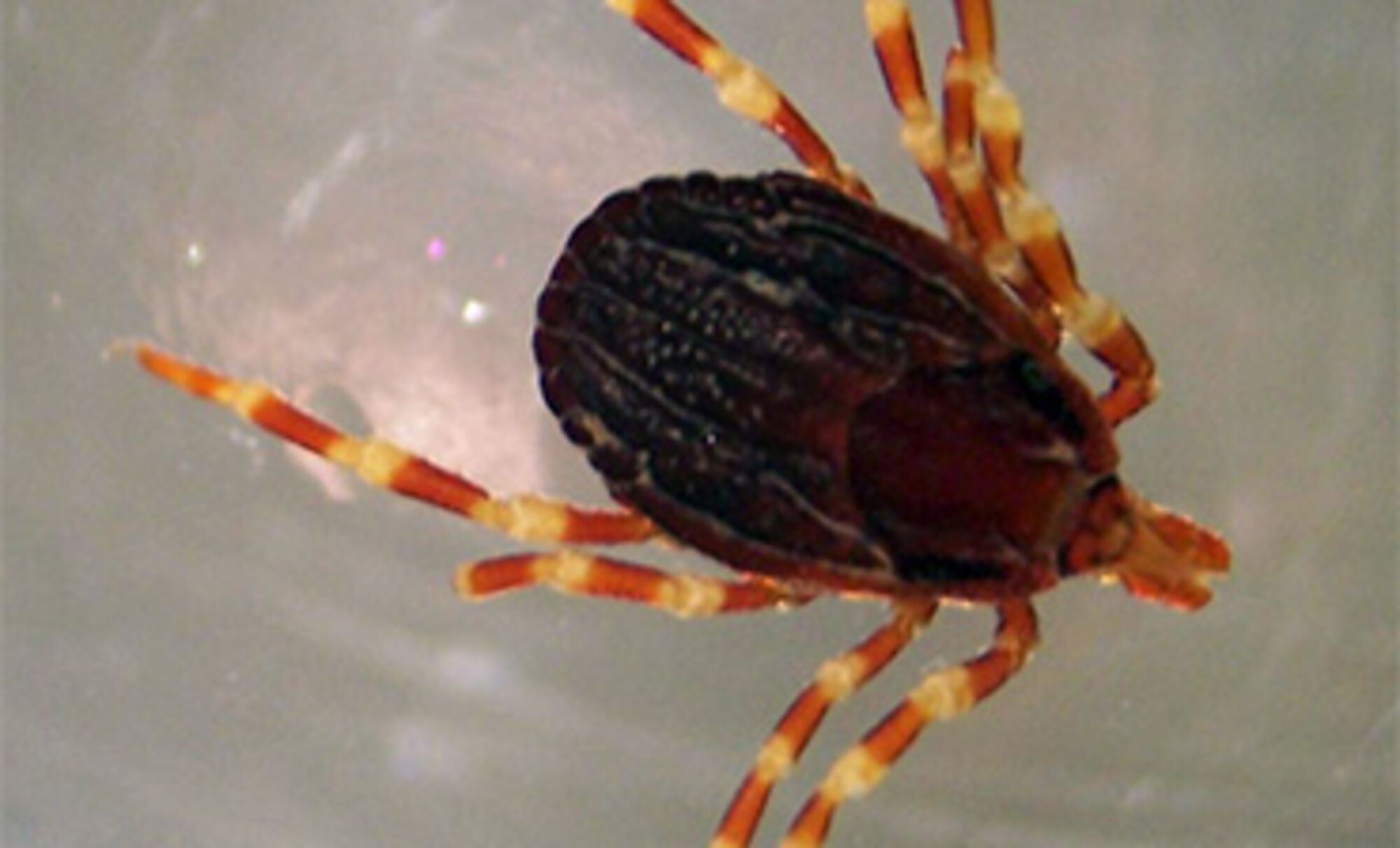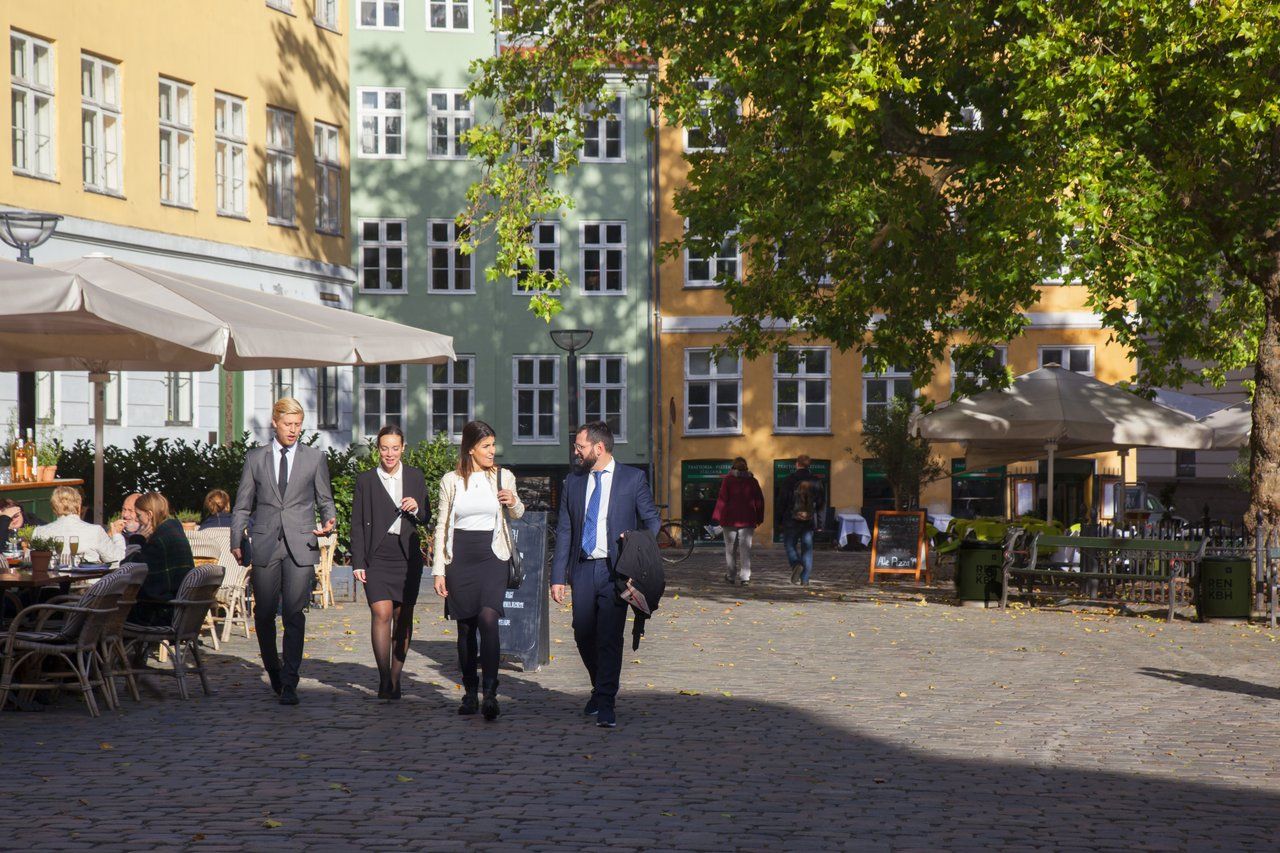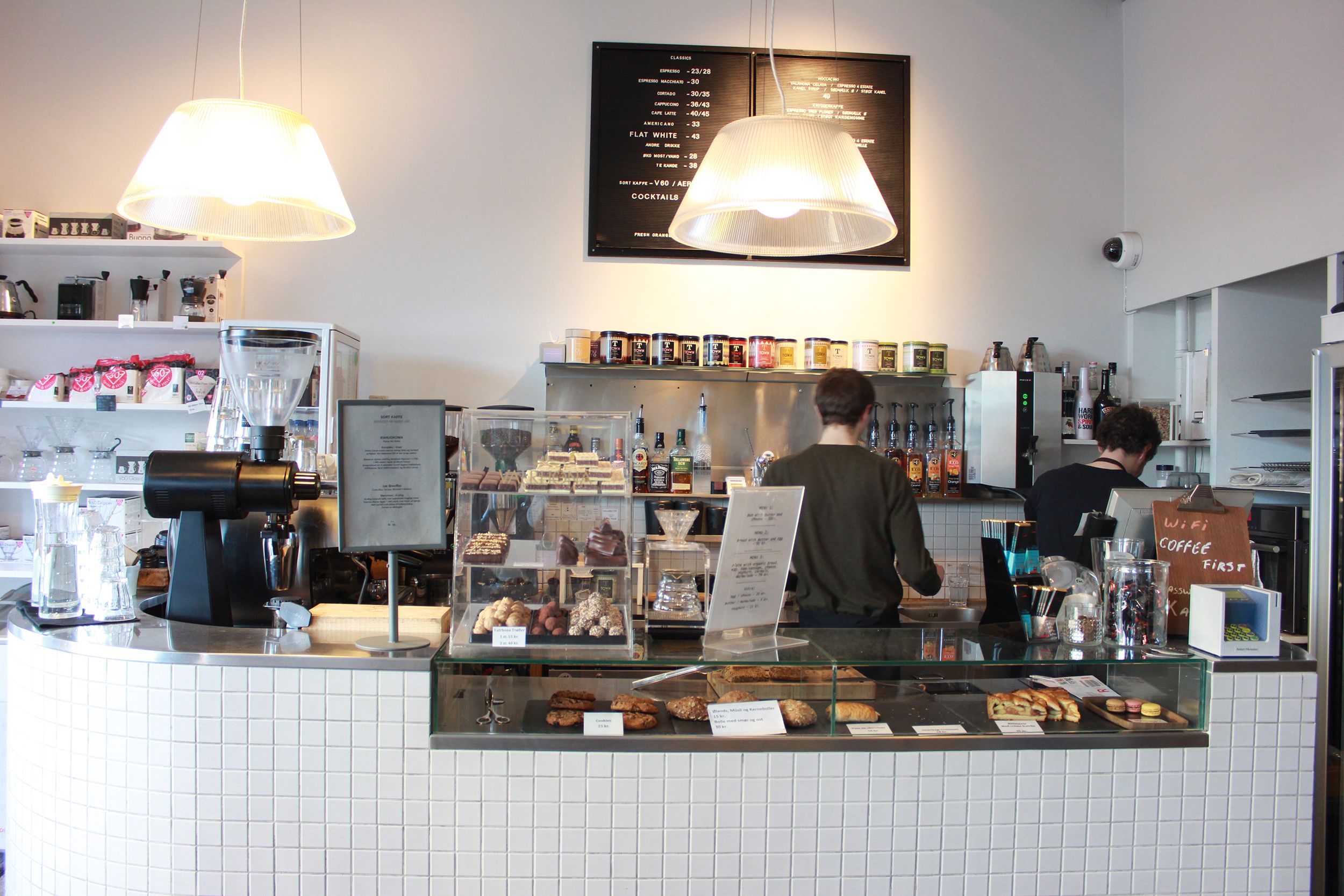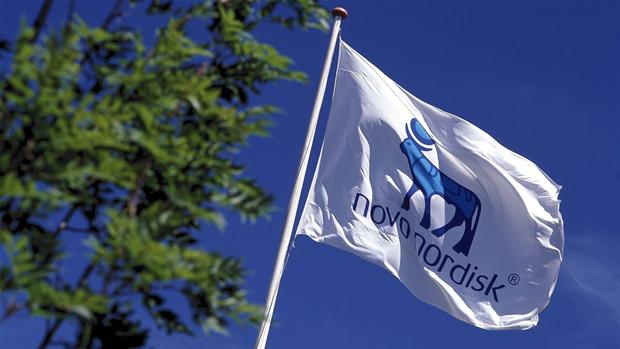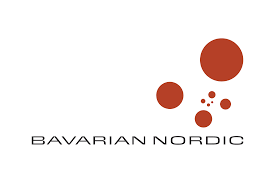Denmark will today discover whether its bid to co-host Euro 2025 along with Finland, Norway and Sweden has been successful – a decision that could drastically improve its chances of winning some silverware.
After all, the last two Euros have been won by the hosts: England last year and the Netherlands in 2017, when they beat Denmark 4-2 in the final – the country’s best ever performance in a women’s football tournament.
And perhaps Denmarks greatest ever player, Pernille Harder, the scorer of a magnificent goal in that final, will still only be 33.
But is that really true: was that Denmark’s best performance, and is Harder the greatest to ever put on a Danish shirt?
The Danish women’s team of the early 1970s and their star striker Susanne Augustesen might take serious issue!
Football – not for girls!
In 1970 and 1971 the Danish women’s team won back-to-back World Cups. Despite this fantastic achievement, these tournaments were considered ‘unofficial’ and not recognised by a global governing body. The Danes even managed the feat of beating the host nations in each final: Italy in ’70 and Mexico in ‘71.
At the time, the general attitude outside the women’s football community was not a positive one. For example, in the post-war era the English FA even went as far as banning registered clubs from allowing women’s teams to use their grounds. Things were not much different in Denmark.
“Even in the 60s and 70s there was still the idea that women should stay home and not play football,” Augustesen, who scored a hat-trick in the 1971 final aged only 15, explained to CPH POST. “People thought we didn’t understand how to do it.”
With an open-minded family and a determination to play a sport she loved, the teenager would not be discouraged and relished in surprising doubters with her ability. Her attitude was: “I’ll show you!”
Feminine football fiesta
Nevertheless, despite the reluctance to accept women’s football, the 1971 edition in Mexico was well documented – possibly due to the success of the men’s tournament a year earlier.
But while the media were taking an interest, the Mexican FA wasn’t, making it very clear that any club allowing the women to use their facilities would face a fine.
Fortunately, two privately-owned stadia were secured: Estadio Azteca, the huge venue of the 1970 and 1986 men’s World Cup finals, and Estadio Jalisco. And the locals turned up in heavy numbers to fill them, with over 80,000 attending some group games.
It was no surprise, therefore, that the tournament attracted sponsors, including Martini and Rossi.
And as a further commercial feature, tournament organisers tried to play on the femininity angle – even painting goalposts with pink stripes.
Meanwhile, the Danish squad had problems of their own when their bus broke down en route between Mexico City and Guadalajara, resulting in them being sportingly picked up by group rivals Italy.
Hours from anywhere and surrounded by vast desert shrubland, Augustesen recalls a beautiful starry sky making the situation seem not so bad.
Denmark eased through the group and then in the semis romped to a 5-0 victory over Argentina.
A young hero emerges
Just like many of the nations participating, the Danish team was made up of relatively young players in their 20s.
Most, if not all of the players, were used to seeing just a handful of spectators. Entering the field of play, Augustesen remained cool despite not being able to look up too much at the giant crowd.
“Before we entered the stadium from the changing room there was a lot of noise from the pre-match show. As we came in I remember looking up a little bit, but then I had to stop because it was a neverending crowd – I had to just focus on the game.”
In front of 115,000 people, the teenager went on to score a World Cup final hat-trick, as the Danes beat hosts Mexico 3-0.
Hailed home as heroes
On their return from Mexico the victorious Danes were given a celebratory reception at Copenhagen Town Hall. Augustesen was greeted there by the mayor of Holbæk – her home town – and whisked back to a congratulatory gathering.
Augustesen and her team-mates were suddenly in demand. Two or so months after their Mexican success, the Danes hosted Italy in a one-off match. Scoring in a 2-0 win, Augustesen returned to the dressing room to find two Italian football presidents waiting to offer her a professional club contract. There was just one problem – she needed to finish school first.
A few years later an Italian friend phoned Augustesen and asked her to come and play in Italy. With her friend’s call credit running out, Augustesen had to decide quickly – she said ‘Yes’ on the condition another friend could join her.
In 1974 her career began in earnest with Bologna. For the next 21 years she would play for various clubs in Italy and score over 600 goals.
More needs to be done
Despite the celebrations, the achievement remained ‘unofficial’ in the eyes of FIFA and the DBU (Danish FA). However, in 2016 the DBU placed Augustesen and compatriot Lone Smidt Nielsen in its football hall of fame – the first women to be included. Two years later they were joined by the entire team from Mexico 1971.
The story of Augustesen and her team-mates has been written about by Hans Krabbe in the book ‘Den Glemte Triumf’ (the forgotten triumph).
When reflecting on her own journey and women’s football today, Augustesen believes there is still some work to be done and investment needed to continue improving women’s football.
“We had to fight every day against discrimination and I think the fight is still going on – if you want a product, the DBU must invest in women’s football. The national team in my time didn’t have any money, and this still needs to improve,” she said.
“You will see at the World Cup great technique and tactics and very good games. It’s important to support it. We need time for clubs to develop, but it needs support.”

